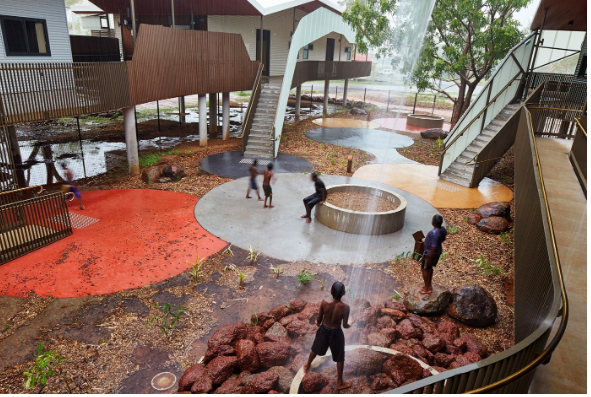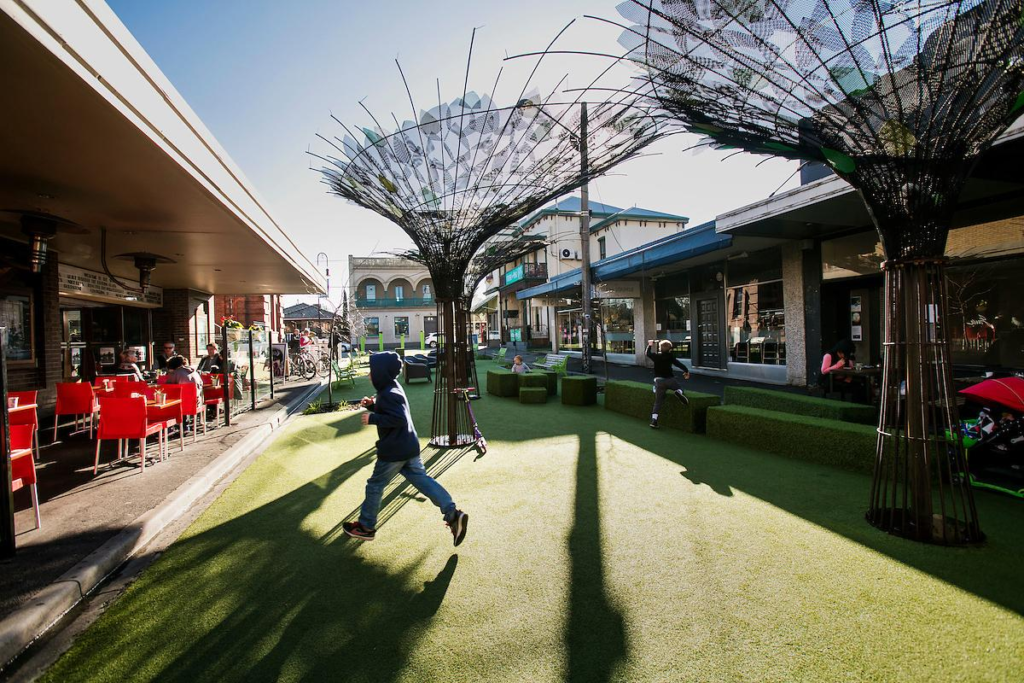City Know-hows

Target audience
Aged-care architects, planners & designers; Aged-care developers; Aged-care providers consumers; Aged-care health professionals and policymakers.
The problem
Despite significant change in how long-term aged care is delivered, moving away from a formal medical model of care, and towards person-centred, consumer-directed care that recognises and supports residents’ autonomy, the dominant cultural narrative about aged care remains predominantly negative. Stigma surrounds any decision to move to aged care: older people are afraid of ‘ending up there’; families feel guilty for considering aged care as an option; and many healthcare professionals view aged care negatively.
What we did and why
Emphasising the value of connections with nature and living systems, we have positioned biophilic design as the key conceptual frame, to transform stereotypical aged care environments into calming, restorative, and aesthetically pleasing places. Drawing on Browning, Ryan and Clancy’s ’14 Patterns of Biophilic Design’ framework as a guide, we completed an architectural assessment of three award-winning aged care facilities in Australia, which illustrate that biophilic design principles are, in fact, guiding contemporary best practice.
Our study’s contribution
While innovations in information and communication technology means many more people will age in place in their own homes, for the foreseeable future, residential aged care facilities will remain an important part of the care system for the frail and aged. Population ageing means more aged care facilities will be designed, built and managed, with this paper arguing for a new biophilic vision—an approach which would benefit residents, staff, visitors, and local neighbourhood communities.
Impacts for city policy and practice
As biophilic design discourse and practice remains rare in aged care, our hope is that this paper triggers a reflective conversation between architects, developers, policymakers, consumers, and care providers about the value and potential of a biophilic approach. Just as aged care providers are now increasingly seeking to engage with new technologies and to understand sustainable design approaches, awareness, consideration, and integration of biophilic design principles into aged care facilities must become a mainstream approach.
Further information
Biophilic Design: The Architecture of Life [movie]
Full research article:
Redesigning aged care with a biophilic lens: a call to action by Evonne Miller & Lindy Osborne Burton.
Related posts

Young people are satisfied with many aspects of their local area except for active travel to school and for those living in rural areas. There was strong correlation between living in more crime prone areas and feeling unsafe.

Access to green spaces and a walkable neighborhood are essential for maintaining good health, particularly for vulnerable populations. Thus, it is imperative to ensure that individuals have the opportunity to reside in neighborhoods that are not only walkable, but also equipped with adequate green spaces conveniently located within a reasonable walking distance.

Reducing loneliness through nature-based social prescribing: Testing innovations in six cities worldwide and generating evidence to support community-based solutions.